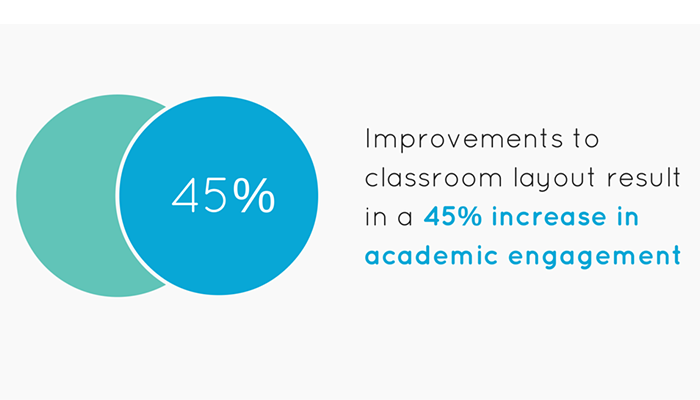Bridging the Gap Between Research and Practice in Classroom Design
Topics

We’ve all had the experience of truly purposeful, authentic learning and know how valuable it is. Educators are taking the best of what we know about learning, student support, effective instruction, and interpersonal skill-building to completely reimagine schools so that students experience that kind of purposeful learning all day, every day.
This infographic from USC Rossier School of Education’s online teaching degree help teachers, parents and school administrators understand the power of brain-friendly learning environments.
The Science of Classroom Design
This infographic from USC Rossier School of Education’s online teaching degree help teachers, parents and school administrators understand the power of brain-friendly learning environments.
However, there is a gap between what studies say is a successful classroom and what teachers are actually able to do within their walls. The most effective physical layout of a classroom can result in a 45 percent increase in academic achievement, and students spend an average of 12,000 hours of their lifetime in a classroom. However, constraints such as budget limitations, class size, classroom dimensions and district access to resources all play a significant part in whether teachers are able to design their classrooms to meet the needs of every student.
But how can we create classrooms that ensure all students are set up for success? What barriers (physical, administrative, financial) could be eliminated that could help classrooms become more inclusive learning environments? USC Rossier School of Education’s online teaching degree has launched #InclusiveSpaces: Classroom Design for Every Learner, a grassroots campaign and blog carnival aimed at shining a light on what today’s classrooms really look like. Learn how you can join and share your story here.





